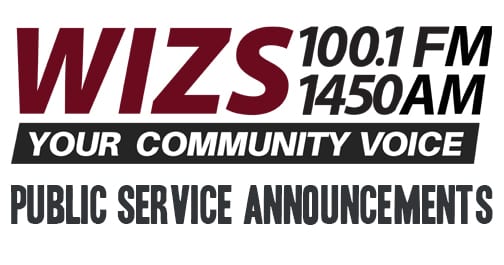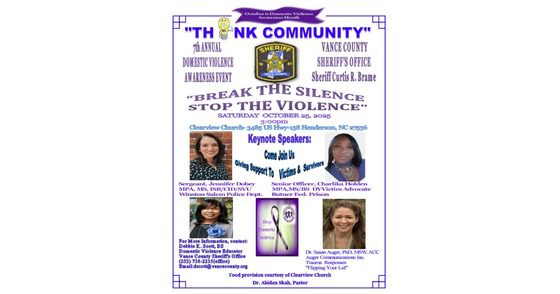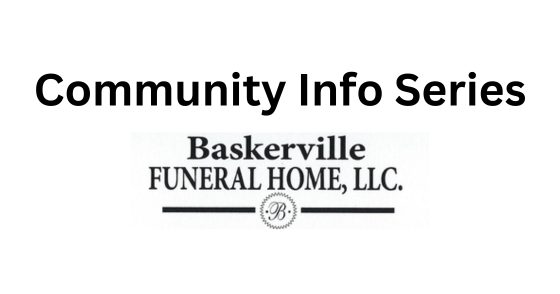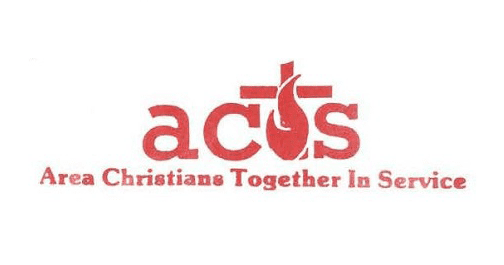Following is Part 1 of an interview with a U.S. Army veteran who is using art to deal with physical challenges, including PTSD, a traumatic brain injury and cancer. Part 2 is scheduled to air on Feb. 24.
Kim Knight’s experience in the U.S. Army working in Medevac flight operations may have prepared her – on one level – for the medical challenges she now faces. But it’s her grit and determination and faith that keep her moving forward in the face of those physical challenges.
Knight has been a single mom putting herself through college, she’s owned several businesses and she’s been an emergency medical technician in several states during her adult life.
And most recently, Knight is learning how to manage her “new” life as she deals with the lingering effects of traumatic brain injury.
Speaking from her home in Carson City, Nevada, she told Town Talk co-host Phyllis Maynard and John C. Rose that when she finally was discharged from the hospital, after being in a coma for weeks, that she felt without purpose.
It has been a very long struggle to try to find that purpose, but Knight said she thinks she’s on the right path.
“I very recently joined a traumatic brain injury artist group,” she said. “We share different mediums – from crayons to oil paints, and crafts of every kind.” Knight is part of a new series on Town Talk called Former Active Duty: Still Boots on the Ground which focuses on how military veterans are facing challenges in their lives after service.
Knight said that before her TBI event, she suffered from post-traumatic stress disorder (PTSD).
The art has helped her, she said.
“It has helped tremendously. When I start to feel stressed or feel that anxiety that comes on from PTSD or I start feeling down, I can pick up my watercolors and start creating.”
“Sometimes it’s beautiful and sometimes it’s a ghastly mess,” she admitted. “It’s a process of diving into something and the rest of the struggles and the rest of the traumas melt away.”
Knight also is a cancer patient. She said she chooses to focus on the here and now and to live for the moment, and not in the shadow of a cancer diagnosis.
She marvels a little at this newfound ability to create art, but said perhaps it took a TBI for her to tap into this creative side that she’s uncovering. She said earlier in her life, maybe she was too busy raising children and going to college and running businesses.
“I don’t know where it comes from,” she said, adding that having the time to relax and create has allowed her “to just let go.”
The brain can create new neuropathways, she said, “to work around the broken partsl” These new pathways can produce improvements in areas like memory and executive function – the ability to plan and carry out plans.
Journaling is an activity that Knight had enjoyed long before her TBI event. She said she found it very therapeutic and healing. And now, she said, “journaling helps me to get the things out that I am struggling with.” She also uses journaling as a memory tool.
She said it’s tough to know that her brain doesn’t work like it used to and coming to grips with reduced cognitive ability is difficult.
“I tend to be extremely hard on myself,” she said. But despite that, she said she is happy to be able to continue doing something now that she had done before the TBI event.
Something else that Knight was interested in long before her brain injury is genealogy and she said she’d probably be researching genealogy until she could no longer read at the computer or until the day she dies.
“Genealogy is something I’ve been doing for nearly 50 years,” she said. “It brings me so much joy to be able to piece together the history of our families – it’s one of my passions.”
You’ll hear more about genealogy and Knight’s research which helps individuals piece together information about their families’ histories in Part 2 of the Town Talk interview.
















